Best Practices Articles

Top 10 Partner Relationship Management Trends to Watch in 2023
Macro, micro or what?
2023 will be a challenging but exciting year for partner relationship management, and while many forces are at play, it is clear a few major trends are accelerating. However, before we deep dive into the top 10 trends for partner relationship management in 2023, let’s take a moment and look at the broader macroeconomic context that we all have to live in, and what it means to strategies and technology platforms related to partner relationship management.
From a macroeconomic perspective, well, what a decade the 2020s have been already. We kicked the decade off with Covid-19, which had severe impacts on millions around the world, but also led to breakthroughs in medical sciences, including mRNA vaccines. We can also point to Covid for making hybrid work the norm, creating major supply chain blockages, collapsing cryptocurrencies (with the help of post-Covid stimulus and speculative investments) and rapidly increasing the rate of inflation. Covid has also contributed to accelerating demographic trends in the West, the phenomenon of jobless growth in developing countries (due primarily to automation) and a new energy crisis driven by the war in Ukraine and a declining global growth rate tied to the rise in interest rates. No wonder when you turn on the news everything looks depressing.But hold on a sec: It may not be as bad as the media make it out to be.
Yes, part of the media’s job is to obsessively focus on how bad everything is because bad news drives reader and viewer engagement, but consumers keep spending, inflation seems to be slowing, the Federal Reserve has just indicated it may slow the pace of rate hikes, and courageous Ukrainians have kept a dictator at bay with a massive sacrifice of lives and everything else.
Work from wherever – really?
While it is easy to drown in the negative news from around the world, we should also pause for a moment and celebrate the massive progress that we’ve made in spite of these obstacles. Consider, for example, our progress over the past three years in taking remote work into the mainstream. Three-day onsite work weeks are quite normal across the board, and many tech companies plan to remain fully remote. If you are in the business of partner relationship management, then chances are you are working from home already, and very likely it will stay that way for most partner managers.
The shortage in low-skill workers has led to massive innovations in retail, hospitality, manufacturing, agriculture and every other muscle-intensive sectors, and real wages finally rose last year after decades of stagnation.
More people are pursuing online education than ever before, resulting in an expanded pool of skilled workers and a reduction in the overall cost of education. Despite rising interest rates, growth rates, while tapering off, have not crashed. When you consider these trends alongside the acceleration in green energy development, continued progress in artificial intelligence and computing, the global roll-out of 5G mobile networks and the fact that Covid has become more of a nuisance than a mortal threat, at least for vaccinated people, around the world – there is a lot we can hopeful about in 2023.
Yes, we are seeing layoffs across the board driven by the over-hiring of workers tied to unrealistic growth forecasts over the past couple of years, a trend which will likely continue for another couple of quarters. But in general jobs remain plentiful in both the developed and the developing worlds. Among our customer base, those organizations in partner relationship management are hiring – maybe at a slower pace, but nevertheless still hiring. Energy and computing transitions are creating massive new opportunities, so despite the probability that energy shortages will persist in Europe and the war in Ukraine will be prolonged by a stubborn dictator, 2023 will very likely mark the beginning of a massive reset for rest of the decade.
Normal is new again?
Considering all these economic headwinds and the fact that we are still emerging from a once-in-a-lifetime black swan event like Covid-19, not everything will be back to normal in 2023, but most leading indicators should start settling and the C-suite will start focusing on managed and predictable growth for the next several years, making digitization a cornerstone of their strategy.
With this as a backdrop, let’s take a moment and take a deep dive into what we see happening in the partner relationship management space in 2023. Most of the trends we discuss here were already in play in 2022, but most of them have been accelerating due to a convergence of multiple drivers. The changes in partner relationship management are occurring both in the broader macro context that I have laid out so far, but also at the micro level as reflected in a distinct shift in strategy in this space and an evolving technology stack.
Where will this end up?
After all this talk, you may be wondering where it all ends up in 2023. Well, wonder no more. As I said earlier, most of 2023 partner relationship management trends are truly an acceleration of a few core drivers that have been gathering steam for a while, and in 2023 you can expect them to come together in a more forceful and market-defining way. Here are the five major strategic trends I see happening in partner relationship management in 2023:
-
Rising marketplaces
– Over the past few years we have seen a rapid rise in marketplaces. In the consumer space, Amazon and Shopify are the two leaders, but we are also seeing similar developments in the B2B area with cloud marketplaces like Microsoft Azure, AWS, Salesforce AppExchange, NetSuite, SugarOutfitters and others. We are also seeing aggregators like Ingram and Tech Data create their own private marketplaces in the technology space, and marketplace providers like Tackle or AppDirect are enabling brands to create their own solution-centric micro-marketplaces. Expect to see this trend accelerate in 2023. While I have referred to some examples related to technology, the concept of micro-ecosystems, aka marketplaces, is everywhere. In the automotive, retail, hospitality and transportation industries, collective sets of brands are coming together to create more holistic solutions for the end-buyer. Instead of a mega online marketplace like a mall, we will see a proliferation of marketplaces across multiple verticals and sub-verticals. Sometimes the same brand will end up in multiple marketplaces to be part of an end-user solution set that varies from one marketplace to another. This will have a profound impact on partner relationship management. -
Evolving ecosystems
– In 2023, partner ecosystems are likely to transition from being the subject of hype to something more real and consequential driven by hyper-personalized partner programs and pathways. Jay McBain, Chief Analyst for Channels at Canalys, has written extensively about the rise of ecosystems. While the term remains confusing for many, at the most basic level it refers to an aggregation of individuals and companies that work together to offer a complete, customized solution for the end-buyer (whether the buyer is an individual or an organization). So, in the consumer space we will see an increase in “super apps” like Uber, but in the businesses space we will see a rise in aggregate entities comprised of both transacting and non-transacting partners. This trend of delivery fragmentation will accelerate, driven by both macro and micro economic factors. On the technology fronts, we will also need unified applications for partner relationship management, which we will discuss later in the technology trends for 2023. -
Rewarding loyalties
– In the partner relationship management space, we have seen several companies over the past few years roll out partner programs centered around critical factors that influence partner behavior based on partner types and activities instead of focusing on sales volume alone. We will continue to see brands rethink how they reward their partners to drive loyalty based on who they are and the value they add to the brand’s customer base. This will require realignment of partner programs from the typical medallion tiering system – e.g., bronze, silver, gold – to a more specialized and activity-based stage-driven partner enablement system. This means, for example, that while referral (affiliate) partners may be rewarded for promoting a brand, resellers will need to go through more enablement activities, and service partners will be rewarded for excellence in customer care. The rise of millennial buying power will also drive the emergence of more micro and regional franchises tied to the groundswell of entrepreneurship and the availability of capital for proven (and profitable) business models. -
Everything is software
– When you think about deployment of technology during the last decade, it basically happened at two levels – big companies focused on logistics and inventory optimization and the rise of social media (micro-targeting). Some of you may also mention the cloud in this context, but I think of it as more of an enabler of end-user applications. End-user applications have certainly moved to the desktop and mobile fully powered by the cloud. However, from a broad perspective it is really the delivery chain that is being re-optimized and customer engagement (B2B and B2C) that is being redesigned. In the 2020s we are seeing much more last-mile innovation in both the consumer and the business areas. Uber is a classic example of last-mile innovation, and the rise of partner relationship management by verticals is an analogous example in the B2B area. This trend is leading to an explosion of independent software vendors (ISVs) driven by major cloud ecosystems like Azure, AWS, AppExchange and others. While this is happening in B2B world, the same is happening in the B2C world. If you have kids who love to live in the reality of Roblox, then you are fully aware how rich those marketplaces are and how many apps drive the Roblox ecosystem. -
Partner-fed versus partner-led
– Due to the rise of digital technologies and tools for reaching customers directly, brands have much more direct access to end-buyers than they did a decade or two ago. As a result, marketing has gone substantially digital. Most CMOs have a clear understanding of their ROIs now – something they lacked a couple of decades ago. In fact, the rise of digital CMOs has led to a rethinking of the role partners play in generating demand. Traditionally, partner organizations have been starved of marketing resources and competencies, and the brands have offered programs, funding, and tools to bridge this gap. The challenge is demonstrating a return from these partner-led activities; hope-based investment will have a tough time in 2023 where ROI will be driving conversations in the C-suite. The increasing importance of digital marketing has nearly eliminated the need for partners to have these assets and made partner-led demand generation relatively obsolete. Don’t get me wrong: marketing with and through partners will not disappear, but the nature of these activities will evolve quite substantially. Yes, there are still major aggregators who can provide value to brands, but when you set aside these entities and focus on the partner ecosystem, it’s much more common today for brands to drive lead generation and hand over those leads to their partners, unless you have an “Intel Inside” type of campaign where the primary brand relies heavily on the solution aggregator to build awareness.
What will get us there?
Now that we have discussed five dimensional changes in strategies for partner relationship management in the context of macro and micro drivers, let’s spend a few minutes discussing four major technology trends that are enabling these strategies.
-
ROI or else
– Gone are the days of free money. Companies can no longer borrow for free, do financial engineering and provide dividends to shareholders. Current cashflow is valued a lot more than future growth. We have moved from a resource-rich financial environment to a much more austere environment. Every CEO is now tasked with generating intrinsic value from operations, creating net income, generating free cash flow and paying dividends. How do you do that in a slow-growth economy with high labor and material costs? The only way is to drive profitable growth by reducing operating costs and increase revenue by lowering customer acquisition costs. In the partner relationship management context, you do that by going indirectly through a partner network, but also by focusing resources on highly effective partners and lowering headcount costs to effectively support partner relationships. This is where digitization and hyper-personalization come in to play. These are the primary means of driving ROI in a broad range of partner relationship management activities and technologies. -
Planet of the apps
– Over the past two decades we have seen a proliferation of applications related to partner relationship management, through-partner marketing automation, partner incentives, loyalty management, and so on. Most mid-size to large enterprises today have a fragmented technology infrastructure built with a hodge-podge of legacy hard-coded applications. Such infrastructure may be generously labeled “hosted,” but is a long way from true SaaS. In the partner relationship management context, this situation has led to a substantial increase in unnecessary tech stack investment and very poor partner experiences. As a result, we will continue to see companies get rid of their “Frankenstacks” and replace multiple applications with cloud-based, fully integrated, unified partner relationship management platforms. Doing so will not only reduce operating costs for these organizations, but also substantially improve the partner experience and, therefore, partner productivity, leading to higher ROI. While tech stack shrink, we will see an increase in super apps – i.e., unified partner relationship management platforms designed to address hybrid ecosystems and end-to-end partner pathways. -
Through-partner marketing reimagined
– Covid changed how partners market. Gone are the days of “lunch and learns” in B2B partner marketing activities. Similar changes have occurred in the B2C arena. Digital dominates today. Whether we are talking about social media or mobile app-based marketing, the way brands reach consumers and businesses is changing rapidly. We will see this trend accelerate in 2023. Over the last three years we have seen an increase in curbside pickups and home deliveries, and that will only accelerate the introduction of super apps. We will observe a similar phenomenon in the B2B area. Diverse customer needs will need to be addressed with a diverse set of solutions, aggregation at the partner level will drive through-partner marketing and customer acquisition, and the tools and techniques for these activities will need to be rethought. While traditional email-based marketing will still exist, social, syndication and mobile engagement will take up a disproportionate share of marketing-through and marketing-with activities in the partner ecosystem. We are already seeing this trend in the consumer area with franchises like food, retail and hospitality, where the primary brand drives traffic to franchisees. We will start seeing the same phenomenon with megabrands in the B2B area. -
Communities, bots and workflows
– Sprinkle in some AI with that. Yes, we will continue to see a rapid increase in workflow automation tools that allow brands to create hyper-personalized pathways for their partners. Bots will start replacing the partner support network to answer obvious questions like, “How do I do this?” or “How do I find that?” As brands drive pathway-based engagement, they will have to create complete digital experiences where time-starved partners can get answers at the point of value and execution. Therefore, dependency on humans will be reduced and we will see completely digital pathways assisted by virtual digital concierges. If the user question is frequent and the answer is straightforward, delivery will come from bots. We will also see an increase in brand-specific partner communities where partners collaborate seamlessly with each other and vendor bots help them navigate through various partner programs and activities. As the marketplaces rise, partner networks will go hybrid and loyalty will be increasingly point-based –tied to points of value – and we will see hyper-personalized workflows. Different types of affiliates will get registered and onboarded, and will then be provided with appropriate tools to promote the brand. Service partners will go through extended training and certifications aligned with point systems, and each of these use cases will require unique workflows and approval flows. This will lead to increased demand for workflow automation tools that allow brands to design and deploy customized digital pathways for their diverse universe of partner types and specialties. In the end, the entire experience for each partner type needs to be deliberate, unique and specific. Also, because the C-suite on the vendor side will stay narrowly focused on ROI (inclusive of labor), you can expect an equally rigorous focus on ROI from the partner network.
While the world remains relatively uncertain in 2023, we are beginning to see the emergence of a global economy that recognizes the need for sustainability, diversification of the supply chain, rational financial management, acceptance of partner diversity and activity-based loyalty and rewards infrastructure. The enablement led by cloud ecosystems will be replicated and modeled across multiple verticals. We will also see a return to sane financial management as the world weans itself off the “free money” fantasy and focuses on customer and partner value.
While the media will remain confused and focused, perhaps deliberately, on negative news, 2023 will continue to lay the foundation for a massive global transformation led by green energy, digitization, and the rise of rich and diverse partner ecosystems. If you can ignore the buzzing of the news industry and stay focused on driving this transformation, the future looks bright, exciting, and professionally and financially rewarding. Now that is something to look forward to, don’t you think?
For more information, please check this article.
Best Practices Guidebook
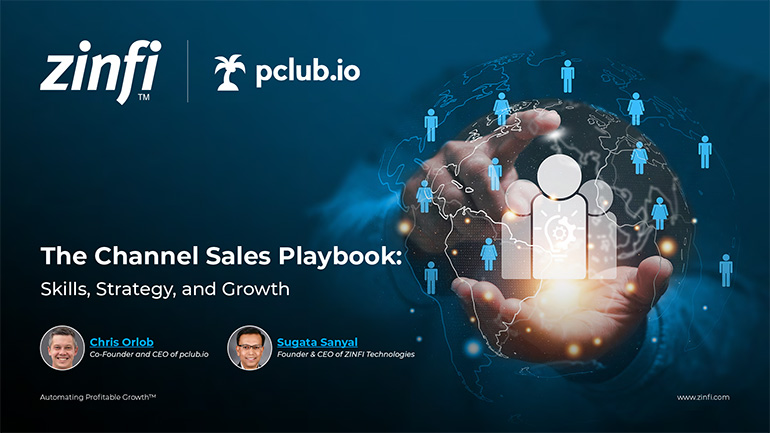 The Channel Sales Playbook: Skills, Strategy, and Growth
The Channel Sales Playbook: Skills, Strategy, and GrowthDownload for FREE
 Blueprints for Vertical Success Best Practices
Blueprints for Vertical Success Best PracticesDownload for FREE
 The Future of Partner Enablement: From Enablement Gaps to Global Advantage
The Future of Partner Enablement: From Enablement Gaps to Global AdvantageDownload for FREE
 Reimagine Sales Development. Build a Smarter Prospecting Engine
Reimagine Sales Development. Build a Smarter Prospecting EngineDownload for FREE
 The Zero Trust Imperative: Fortifying Enterprise Security Against AI-Driven Threats
The Zero Trust Imperative: Fortifying Enterprise Security Against AI-Driven ThreatsDownload for FREE
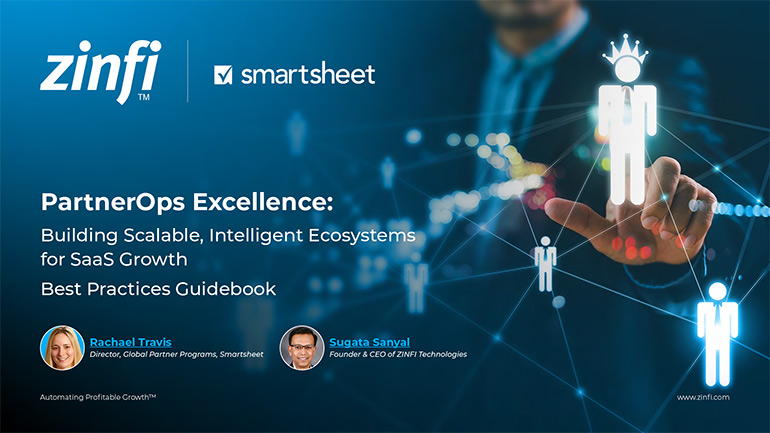 PartnerOps Excellence: The Definitive Guide to Scalable SaaS Ecosystems
PartnerOps Excellence: The Definitive Guide to Scalable SaaS EcosystemsDownload for FREE
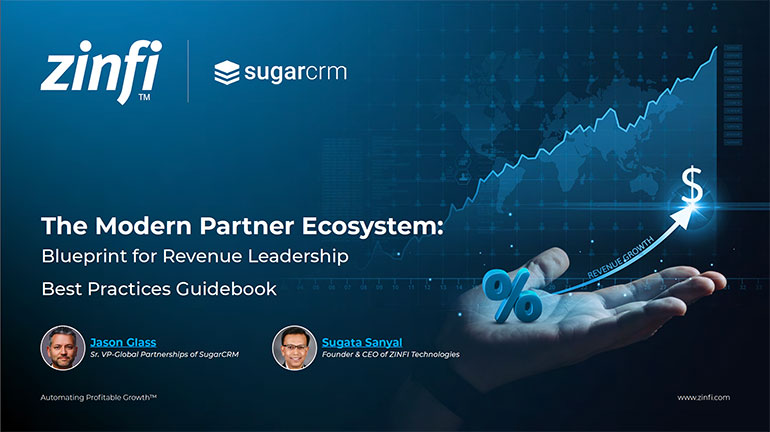 The Modern Partner Ecosystem Best Practices
The Modern Partner Ecosystem Best PracticesDownload for FREE
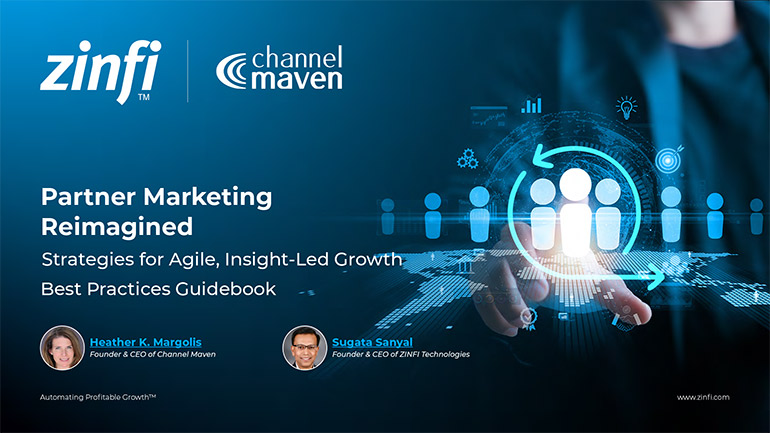 Partner Marketing Reimagined: Strategies for Agile, Insight-Led Growth
Partner Marketing Reimagined: Strategies for Agile, Insight-Led GrowthDownload for FREE
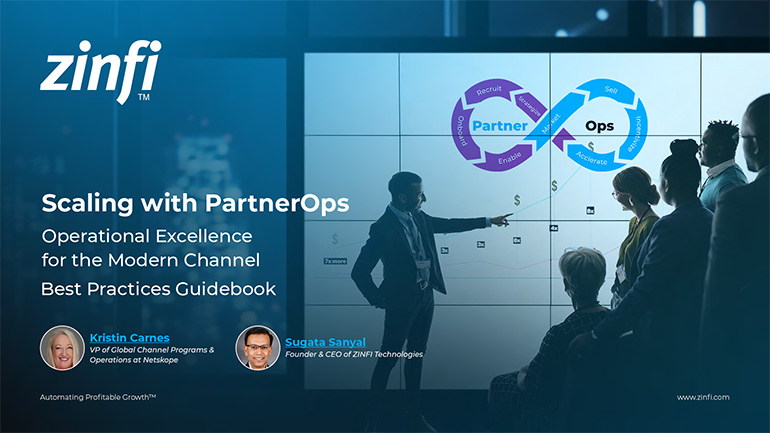 Scaling with PartnerOps Best Pratices
Scaling with PartnerOps Best PraticesDownload for FREE
 Leading with Partner Programs Best Pratices
Leading with Partner Programs Best PraticesDownload for FREE
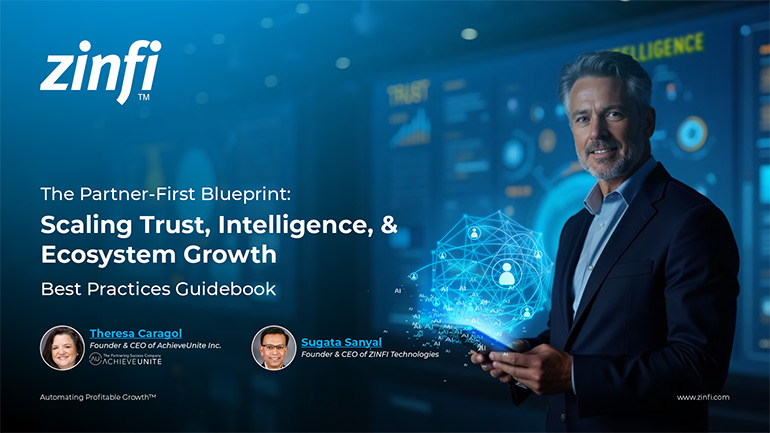 The Partner-First Blueprint: Scaling Trust, Intelligence, and Ecosystem Growth
The Partner-First Blueprint: Scaling Trust, Intelligence, and Ecosystem GrowthDownload for FREE
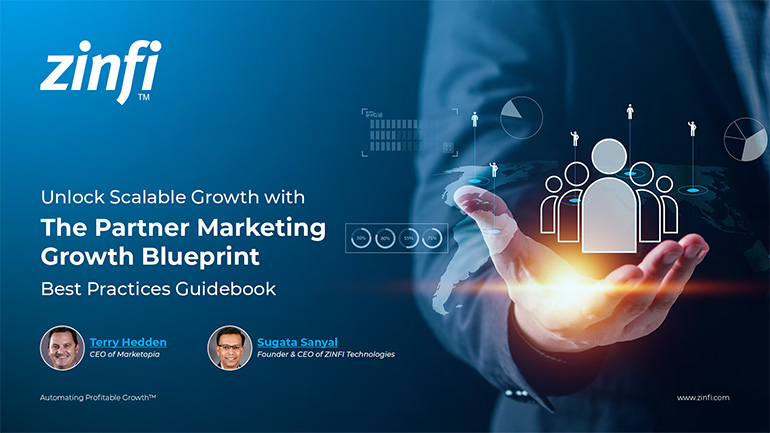 Unlock Scalable Growth with The Partner Marketing Growth Blueprint
Unlock Scalable Growth with The Partner Marketing Growth BlueprintDownload for FREE
 From TikTok to LinkedIn: Social Selling Across the Generational Divide
From TikTok to LinkedIn: Social Selling Across the Generational DivideDownload for FREE
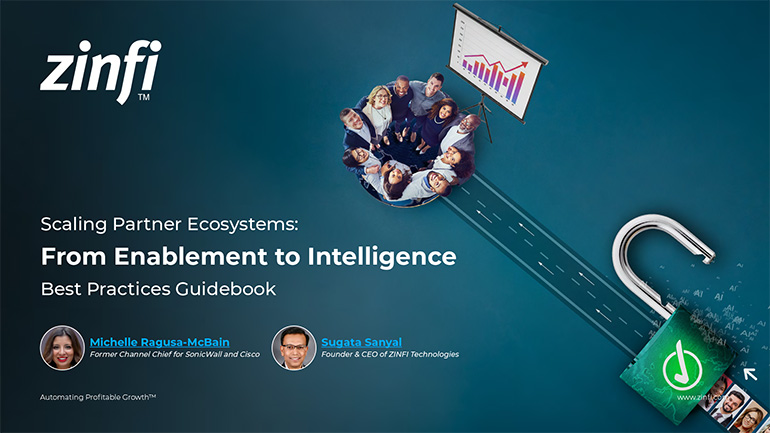 Scaling Partner Ecosystems: From Enablement to Intelligence
Scaling Partner Ecosystems: From Enablement to IntelligenceDownload for FREE
 The Ultimate Guide to Partner Marketing Success Best Practices
The Ultimate Guide to Partner Marketing Success Best PracticesDownload for FREE
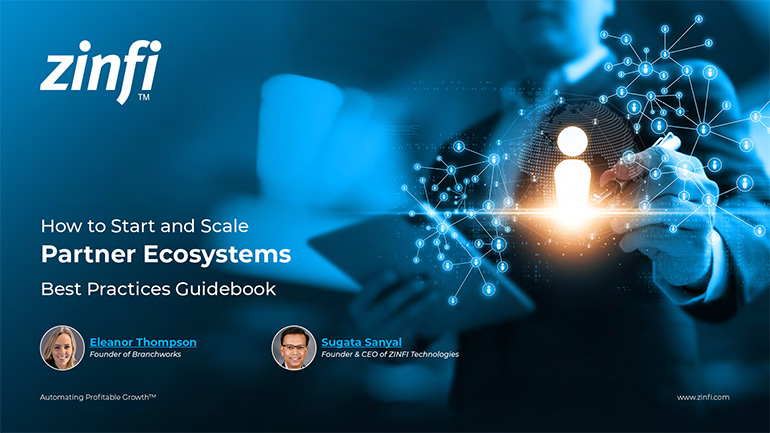 How to Start and Scale Partner Ecosystems Best Practices
How to Start and Scale Partner Ecosystems Best PracticesDownload for FREE
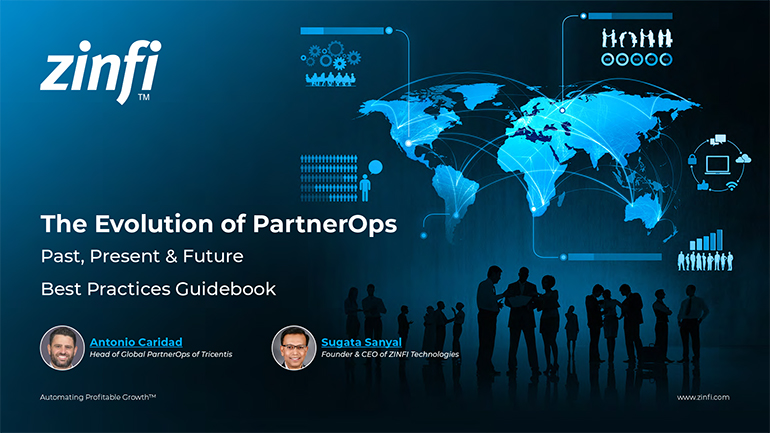 The Evolution of PartnerOps: Past, Present & Future Best Practices
The Evolution of PartnerOps: Past, Present & Future Best PracticesDownload for FREE







